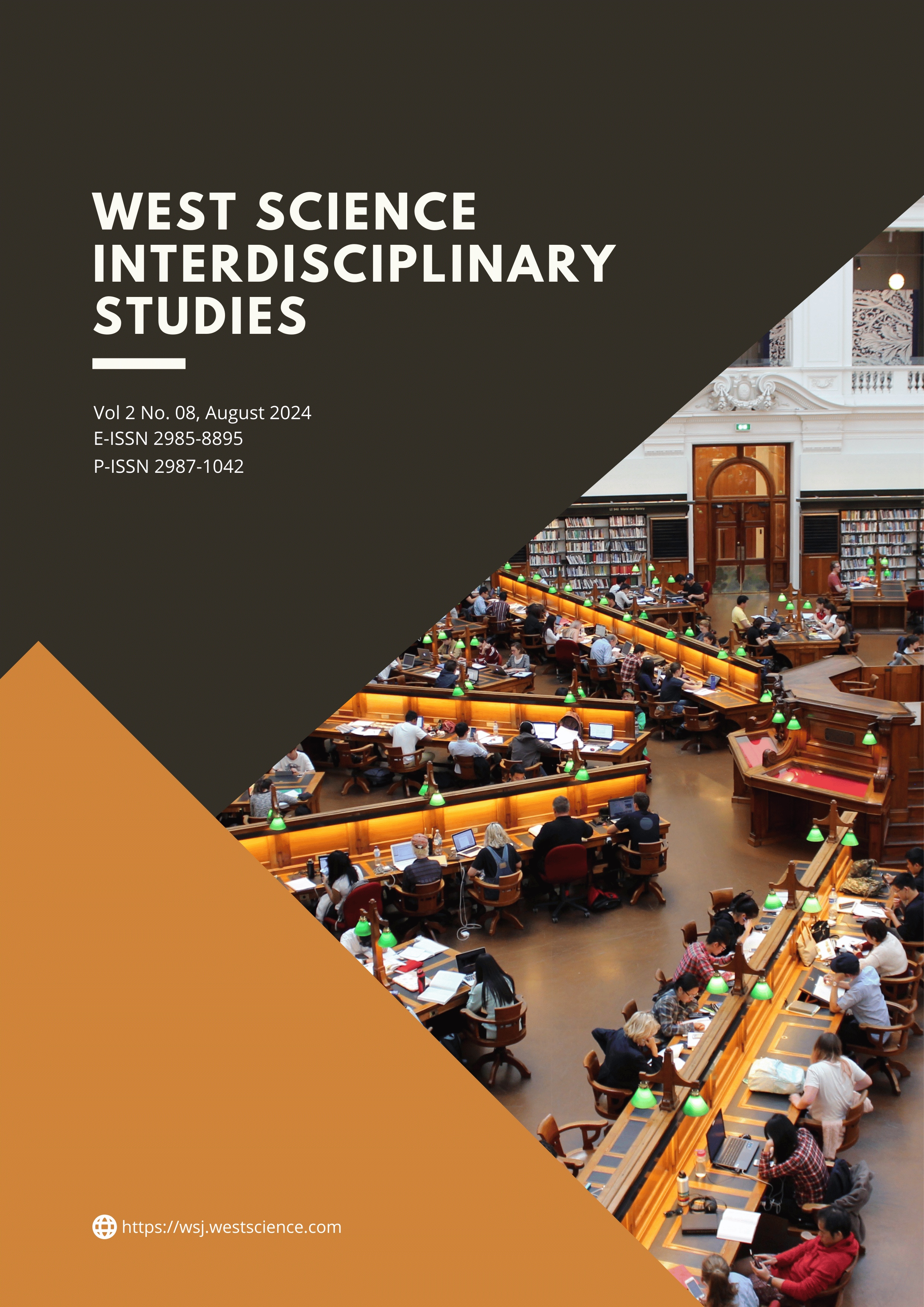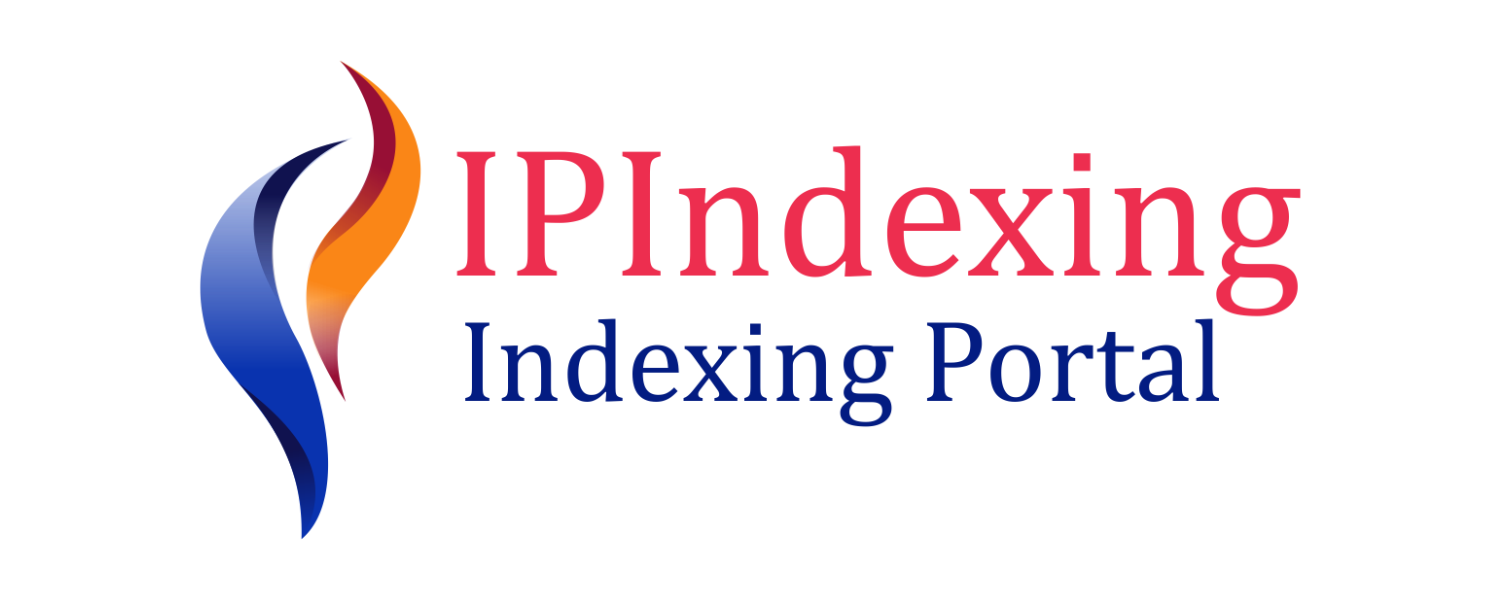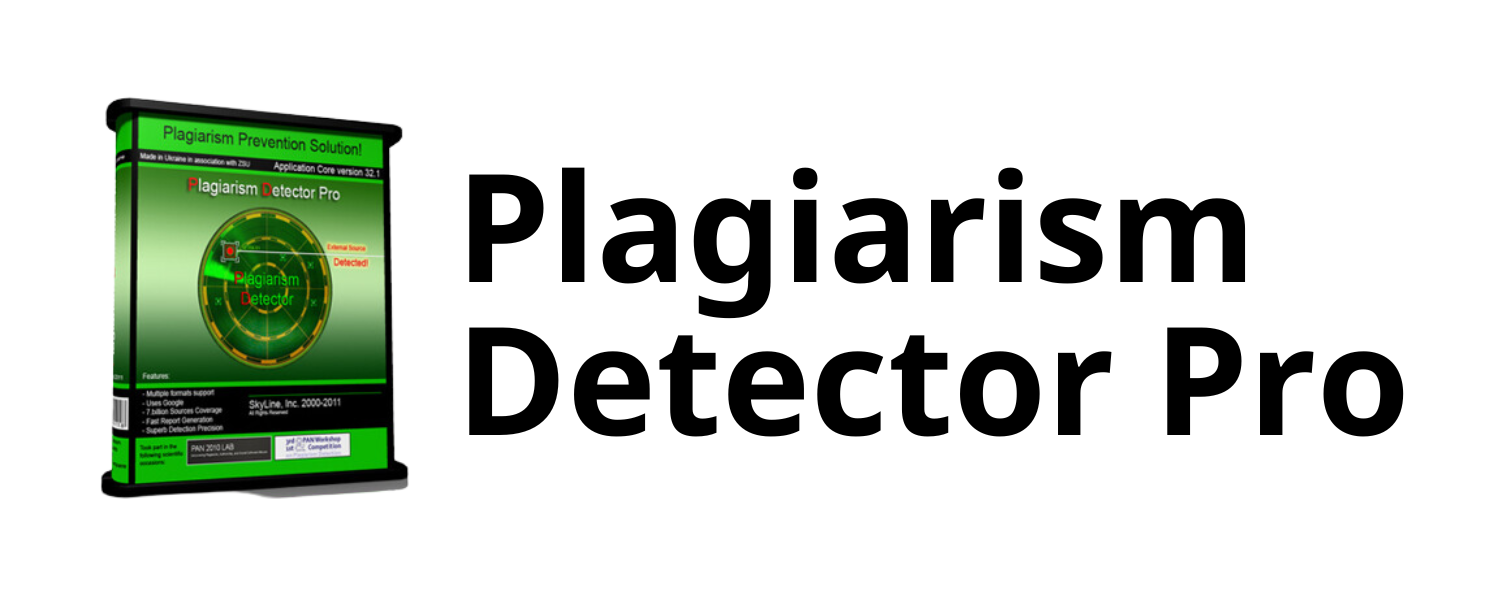The Role of Virtual Reality to Enhance Learning Motivation: A Bibliometric Analysis
DOI:
https://doi.org/10.58812/wsis.v2i08.1158Keywords:
Virtual Reality (VR), Learning Motivation, Education, Technology, Bibliometric AnalysAbstract
The rapid advancement of virtual reality (VR) technology has sparked interest in its potential use in educational settings. This study investigates how virtual reality could enhance learning motivation using a bibliometric analysis of scholarly works published between 2020 and 2024. The primary objectives are to identify significant research trends, notable works, and emerging subjects in the literature. 300 relevant articles were collected from Scopus, which served as the data source. The analysis was done using bibliometric tools such as VOS viewer. The study focused on co-authorship networks, citation patterns, and phrase co-occurrence in order to map the research landscape. The results demonstrate that interest in VR's potential to raise learning motivation is growing, with interdisciplinary collaborations at foreign institutions playing a significant role in this trend. The significance of integrating technology, creating immersive learning environments, and the psychological impacts of virtual reality on student engagement are highlighted in important findings. Despite the positive advancements, accessibility issues and constraints in long-term impact research were discovered. This research contributes to the body of knowledge currently in existence and offers useful information for academics, educators, and policymakers with its in-depth examination of Virtual Reality's effect on educational motivation. More research is required to close the gaps observed to fully realize the potential of virtual reality in education.
References
S. Kavanagh, A. Luxton-Reilly, B. Wuensche, and B. Plimmer, “A systematic review of virtual reality in education,” Themes Sci. Technol. Educ., vol. 10, no. 2, pp. 85–119, 2017.
D. H. Schunk and M. K. DiBenedetto, “Motivation and social cognitive theory,” Contemp. Educ. Psychol., vol. 60, p. 101832, 2020.
W. Huang, “What is the impact of tourism infrastructure development on the international tourism inflow in Thailand during 2008 to 2019?,” 2020.
R. M. Ryan and E. L. Deci, “Intrinsic and extrinsic motivation from a self-determination theory perspective: Definitions, theory, practices, and future directions,” Contemp. Educ. Psychol., vol. 61, p. 101860, 2020.
M. Childs, M. Brown, M. Keppell, Z. Nicholas, C. Hunter, and N. Hard, “Managing institutional change through distributive leadership approaches: Engaging academics and teaching staff in blended and flexible learning,” 2013.
L. Johnson, S. A. Becker, M. Cummins, V. Estrada, A. Freeman, and C. Hall, NMC horizon report: 2016 higher education edition. The New Media Consortium, 2016.
J. Radianti, T. A. Majchrzak, J. Fromm, and I. Wohlgenannt, “A systematic review of immersive virtual reality applications for higher education: Design elements, lessons learned, and research agenda,” Comput. Educ., vol. 147, p. 103778, 2020.
G. Makransky and L. Lilleholt, “A structural equation modeling investigation of the emotional value of immersive virtual reality in education,” Educ. Technol. Res. Dev., vol. 66, no. 5, pp. 1141–1164, 2018.
L. Freina and M. Ott, “A literature review on immersive virtual reality in education: state of the art and perspectives,” in The international scientific conference elearning and software for education, 2015, pp. 10–1007.
J. Parong and R. E. Mayer, “Learning science in immersive virtual reality.,” J. Educ. Psychol., vol. 110, no. 6, p. 785, 2018.
C. E. Brown, E. Shore, M. V Van Dyke, J. Scott, and R. Smith, “Evaluation of an occupational safety and health training for cannabis cultivation workers,” Ann. Work Expo. Heal., vol. 64, no. 7, pp. 765–769, 2020.
N. Donthu, S. Kumar, D. Mukherjee, N. Pandey, and W. M. Lim, “How to conduct a bibliometric analysis: An overview and guidelines,” J. Bus. Res., vol. 133, pp. 285–296, 2021.
L. Waltman, K. W. Boyack, G. Colavizza, and N. J. van Eck, “A principled methodology for comparing relatedness measures for clustering publications,” Quant. Sci. Stud., vol. 1, no. 2, pp. 691–713, 2020.
L. Chen, P. Chen, and Z. Lin, “Artificial intelligence in education: A review,” Ieee Access, vol. 8, pp. 75264–75278, 2020.
Downloads
Published
Issue
Section
License
Copyright (c) 2024 Ronny Trian Surbakti

This work is licensed under a Creative Commons Attribution-ShareAlike 4.0 International License.





















 Instagram
Instagram 